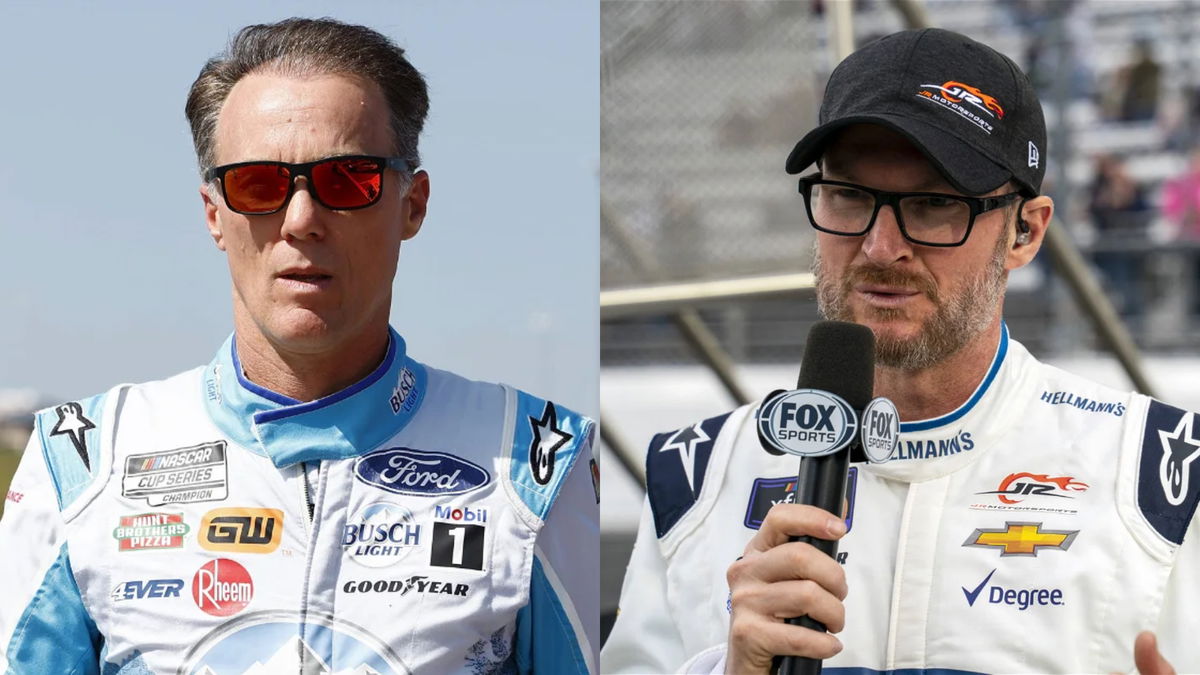
Imago
Image Credits: Imago

Imago
Image Credits: Imago
Grassroots racing has taken center stage in recent years. This shift in momentum has come as the CARS Tour has emerged as a vital bridge between short-track tradition and the NASCAR schedule. Dale Earnhardt Jr., alongside Kevin Harvick, Jeff Burton, and Trackhouse Racing, has helped steer the series into a new era. They have successfully blended historic venues like North Wilkesboro with modern exposure through FS1 broadcasts. Fans have already seen big-money events such as the Throwback Classic and Dale Jr.’s own nostalgia-filled return to Anderson Motor Speedway. However, questions have lingered about whether schedule adjustments could make the series even more sustainable. Those questions, long whispered within the paddock, finally began to find answers in a recent interview with Dale Earnhardt Jr.
Watch What’s Trending Now!
At the same time, NASCAR schedule updates for the national series have dominated headlines. The Cup Series recently revealed its 2026 slate. Features included a return to North Wilkesboro in July, an All-Star Race at Dover, and an early-season Clash at Bowman Gray Stadium. Those developments reminded fans of how timing and placement of events can shape an entire year’s narrative. The same considerations now extend into the grassroots level, where Earnhardt Jr has stepped forward to share how the CARS Tour might adjust its calendar.
ADVERTISEMENT
Dale Jr lays out NASCAR schedule changes
In his latest comments, Earnhardt Jr made clear that discussions about reshaping the tour’s format are no longer just hypotheticals. “I think it would be cool to start the year sooner. Do something. See if Steve here at Florence was interested in turning the IceBreaker into a CARS Tour event. That will start the season in February,” he explained. By anchoring the year with the IceBreaker at Florence Motor Speedway, the series could spark early momentum while also syncing with the energy of the NASCAR schedule’s February kickoff. This was just the first of several adjustments he put on the table.
Earnhardt Jr then addressed why trimming races during the summer would make sense for both teams and fans. “What I want to do is race less in the summer. Get our teams opportunities to meet with their families, go on vacations, whatever they wanna do. And it’s hot. It’s really just difficult to operate in the summer,” he said. His suggestion of a “little footprint of 14–15 races” for Late Model Stocks, coupled with ideas like “a three-race, four-race super set” or occasional doubleheaders, reflects a clear intent. He wants to balance tradition with innovation. In doing so, Earnhardt Jr envisions a CARS Tour that preserves its grassroots appeal while still pushing the boundaries of what the schedule can offer.
“We don’t want to increase our races” – @DaleJr on what they are looking at for the 2026 @CARSTour schedule
See what else he had to say here: https://t.co/Q204GjWzVb pic.twitter.com/HjvL99dWlO
— Frontstretch (@Frontstretch) August 30, 2025
ADVERTISEMENT
Looking ahead, this schedule update represents more than a logistical shift. It signals a philosophy that could reshape how grassroots motorsports operate. By aligning the CARS Tour more closely with the rhythm of the NASCAR schedule, Earnhardt Jr hopes to reduce burnout, improve competition, and create new opportunities for storytelling across the season. For competitors, that means better balance between racing and family life. For fans, it offers fresher events and an earlier reason to tune in. If these changes take hold, the CARS Tour may not just revive grassroots racing; it could redefine its future.
Top Stories
‘RIP’: NASCAR World Crumbles in Tears as 39-YO Former JR Motorsports Driver Passes Away
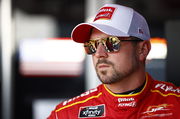
NASCAR President Kicks Up ‘SRX’ Firestorm With Courtroom Claim Fans Refuse to Accept
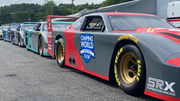
NASCAR World Exhales as Star Drops Heartwarming Health Update Following Death-Defying Crash
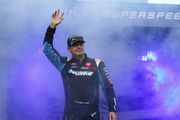
How Much Are Jurors Paid in the NASCAR Antitrust Trial? Federal Compensation Rules Explained
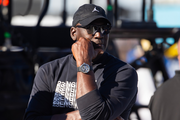
Dale Earnhardt & Tony Stewart Dethroned as SVG Shatters NASCAR Benchmark to Stand Alone in History
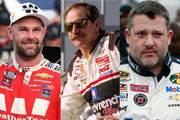
ADVERTISEMENT
Dale Jr fires back after JRM criticism
Austin Hill stirred controversy recently after the NASCAR Xfinity Series race at Daytona. He publicly accused JR Motorsports of refusing to assist him on the superspeedway. Hill claimed, “We never have the JRM cars help us. Doesn’t matter if they’re Chevy Alliance or not. They don’t help us at all. They’d rather work with a Toyota or Ford than us,” sparking a swift reaction from JRM owner Dale Earnhardt Jr.. While alliance cooperation is not always guaranteed in the pack, the remark nonetheless brought tensions to the surface.
During a recent edition of The Dale Jr. Download, Dale directly addressed Hill’s accusation and reframed the narrative. Not as indifference but as strategic realism. His response acknowledged Hill’s prowess at Daytona and Talladega, positioning him as the driver most difficult to pass once he’s out front. These comments would not just defend JRM but challenge conventional expectations around manufacturer alliances.
Dale Jr began by reminding listeners of Hill’s elite drafting record: “I tell my guys, ‘Listen, if you want to run second, help Austin Hill.’ If you push Austin Hill out into the lead with a couple laps to go, he’s f**ing hard to get around.” He then made his position crystal clear on why JRM teams should hold back. “I tell our team, ‘If you want to run second, help that 21 all you want. You’ll go to the front, but your likelihood of beating him and winning the race goes down. Your chances of winning the race go up when you don’t help him.” Dale Jr’s practical response shifted the narrative from disloyalty to shrewd strategy. It showed that sometimes neutralizing threats isn’t betrayal, it’s smart competition.
ADVERTISEMENT
Looking ahead, this exchange heightens the spotlight on drafting dynamics in superspeedway racing. For fans, it reaffirms the psychological chess match occurring beyond pure speed. One where alliances form, dissolve, and shift with the lap count. For team owners and drivers, it sparks a broader conversation: how much should brand loyalty yield when victory hangs in the balance? And for Hill himself, it’s a reminder that reputation at superspeedways comes with both respect and scrutiny.
ADVERTISEMENT
ADVERTISEMENT
ADVERTISEMENT

